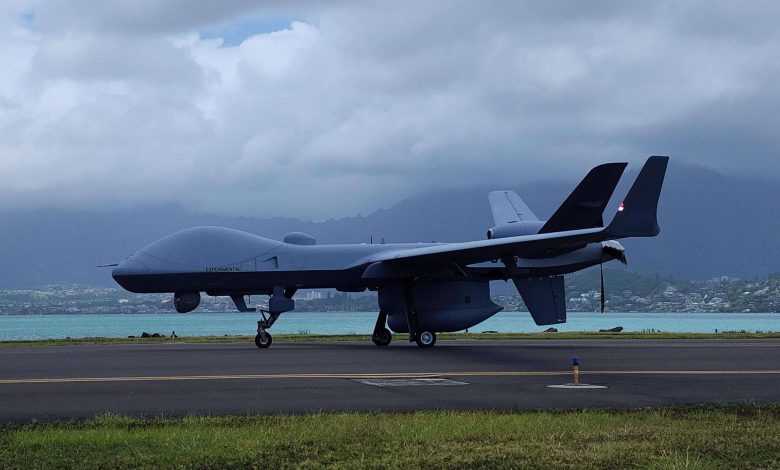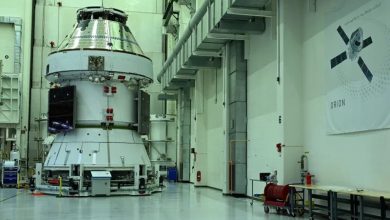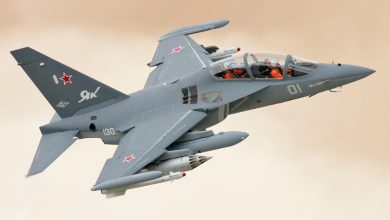
Raytheon, a sector of RTX, effectively demonstrated the SeaVue Multi-role Radar’s remarkable long-distance target recognition during the U.S. Navy’s Rim of the Pacific Exercise (RIMPAC) – acknowledged as the world’s largest multinational naval drill.
During a Sink Exercise, or SINKEX, an MQ-9B SeaGuardian® Unmanned Aerial Vehicle from General Atomics Aeronautical Systems, Inc. utilized SeaVue Multi-role Radar (SVMR) for observation and imaging to track multiple targets and relay tracking information to F/A-18 E/F Super Hornet jets. The aircraft leveraged the data from the radar to successfully deploy a Long-Range Anti-Ship Missile (LRASM) at the retired amphibious assault vessel, the USS Tarawa (LHA-1), showcasing SVMR’s network-capable, long-distance munitions delivery capabilities.
“SVMR validated its potential to acquire high-precision targeting data critical for successful munitions engagement in a naval environment,” remarked Bryan Rosselli, president of Advanced Products & Solutions at Raytheon. “The live-fire exercise empowered us to evaluate and endorse SVMR’s performance to ensure it can provide the situational awareness needed in dynamic operations – enabling faster decision-making and more efficient strike sequences.”
SVMR is a cutting-edge, software-defined radar that guarantees all-encompassing monitoring and exceptional multi-task capability for both crewed and uncrewed aircraft, covering fixed-wing, rotary-wing, and aerostat systems.
Building upon over 60 years of innovative surveillance radar technology, SVMR delivers extended range and diminutive target identification from operational altitudes, presenting a more adept and effective strategy for monitoring and protection. It features a modular and adaptable design that facilitates cost-efficient upgrades and maintenance, and has undergone comprehensive flight testing for both low and high-altitude surveillance tasks.






